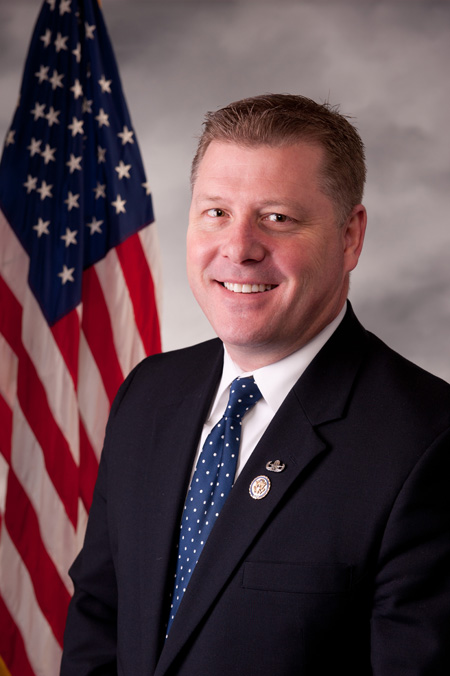On April 10, the House of Representatives narrowly voted for a budget plan by Rep. Paul Ryan, R-Wis., that, on paper, would have balanced the budget in 10 years.
Rep. Rick Crawford, who represents eastern Arkansas’ 1st District, doesn’t trust paper. Or Congress.
Crawford voted no to that budget blueprint and also to another one by the Republican Study Committee. That one, which failed by a wide margin, would have balanced the budget by 2017 – again, only on paper. Both plans would have reduced taxes and spending, including by repealing Obamacare and by replacing the current Medicare system with subsidies to seniors to purchase insurance. Democrats countered with a plan that left spending on Obamacare and Medicare alone, raised taxes, and didn’t balance the budget – on paper or otherwise. None of these plans had a chance of passage.
The state’s other House members – Rep. Tim Griffin in central Arkansas’ 2nd District; Rep. Steve Womack in Northwest Arkansas’ Third District; and Rep. Tom Cotton who represents everything else in the Fourth District – voted yes to the Ryan plan. Cotton was the only Arkansas congressman who voted yes to the Republican Study Committee plan as well.
Crawford believes all these budget blueprints fail to tackle the underlying structural issues that are increasing the national debt, and that making long-range plans is pointless because Congress changes every two years. What’s needed, he says, is a constitutional amendment requiring a balanced budget or one that would limit spending to a certain percentage of the nation’s gross domestic product.
Crawford pointed to the 1990s, when President Bill Clinton and Congress managed to briefly balance the budget. It wasn’t long before the red ink started flowing again because there was nothing structurally to stop it.
“I’m not an obstructionist,” he said in an interview. “I’m not part of the ‘h—, no caucus.’ I’m trying to be a constructive legislator, but the reality is we’ve seen this over and over and over again, and Congress keeps doing the same thing and expecting a different result.”
The mechanisms Crawford proposes both are problematic. A balanced budget amendment must include a provision allowing Congress to vote by super-majority to deficit-spend – in the event of war or a national emergency, for example. That clause would be abused. Moreover, deficit spending can be helpful during a recession, assuming the government would pay the money back in good times, which, unfortunately, it never does. A spending limit amendment, meanwhile, might force Congress to take a meat cleaver versus a scalpel approach to cutting programs. Like the balanced budget amendment, Congress would try to circumvent it.
At this point, however, it’s getting harder to see what alternatives are available. The national debt is $17.6 trillion and climbing. The Founding Fathers unfortunately did not include anything in the Constitution that would keep Congress from spending money it does not have. The U.S. government has never, not since 1790, finished a year debt-free. Fool me once, shame on you. Fool me 224 times, shame on me.
Only 12 Republicans voted against the Ryan plan, and they did it for different reasons. Crawford says many congressmen agree some kind of structural reform is needed. But he says he may be the only one insisting on a constitutional amendment in order to move forward.
“You have these conversation in private,” he said. “You know, you sit next to somebody on the House floor and, ‘You’re voting no on the budget?’ ‘Yep.’ ‘And how come?’ I tell them why. They go, ‘Yeah, that makes a heck of a lot of sense. It sure does. You’re right.’ And then they turn around and vote yes.”
There are 535 members of Congress, all with differing agendas and ideas. So, in the immediate future, expect to see lots of blueprints, but no balanced budgets.
